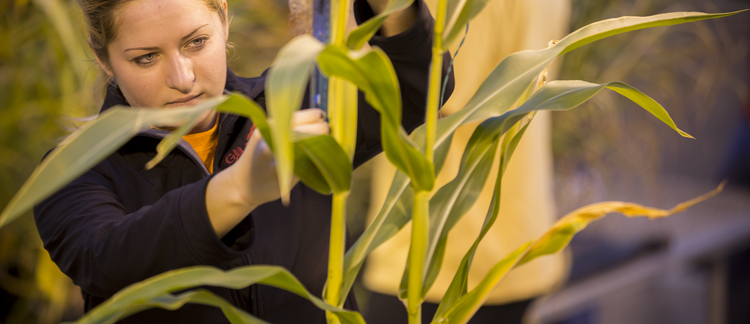Abstract
During the establishment year, alfalfa seedings typically yield only 40-60% of fully established stands. All alfalfa varieties grown in Iowa are classified as dormant or moderately dormant, a characteristic that is important for winter survival. However, as plants become dormant in late summer, their yield declines. Alfalfa varieties from the southwestern United States are non-dormant and continue to grow until the autumn freeze, but tend to die over winter. The objective of this experiment was to determine if including a proportion of non-dormant seed at planting could improve establishment year yield without affecting successive year yields or forage quality. The rationale for this experiment is that more plants are present in the first year of a stand than in successive years when individual plants grow larger as their crowns expand. Because of normal plant loss, we reasoned that death of non-dormant plants after the first winter might not adversely affect the yields of the remaining stand.
Keywords: Agronomy
How to Cite:
Brummer, E. C., Moore, K. J., Smith, M. & Bjork, N. C., (2001) “Alfalfa Yields from Mixtures of Dormant and Non-dormant Varieties”, Iowa State University Research and Demonstration Farms Progress Reports 2000(1).
Downloads:
Download pdf
View PDF
242 Views
97 Downloads

